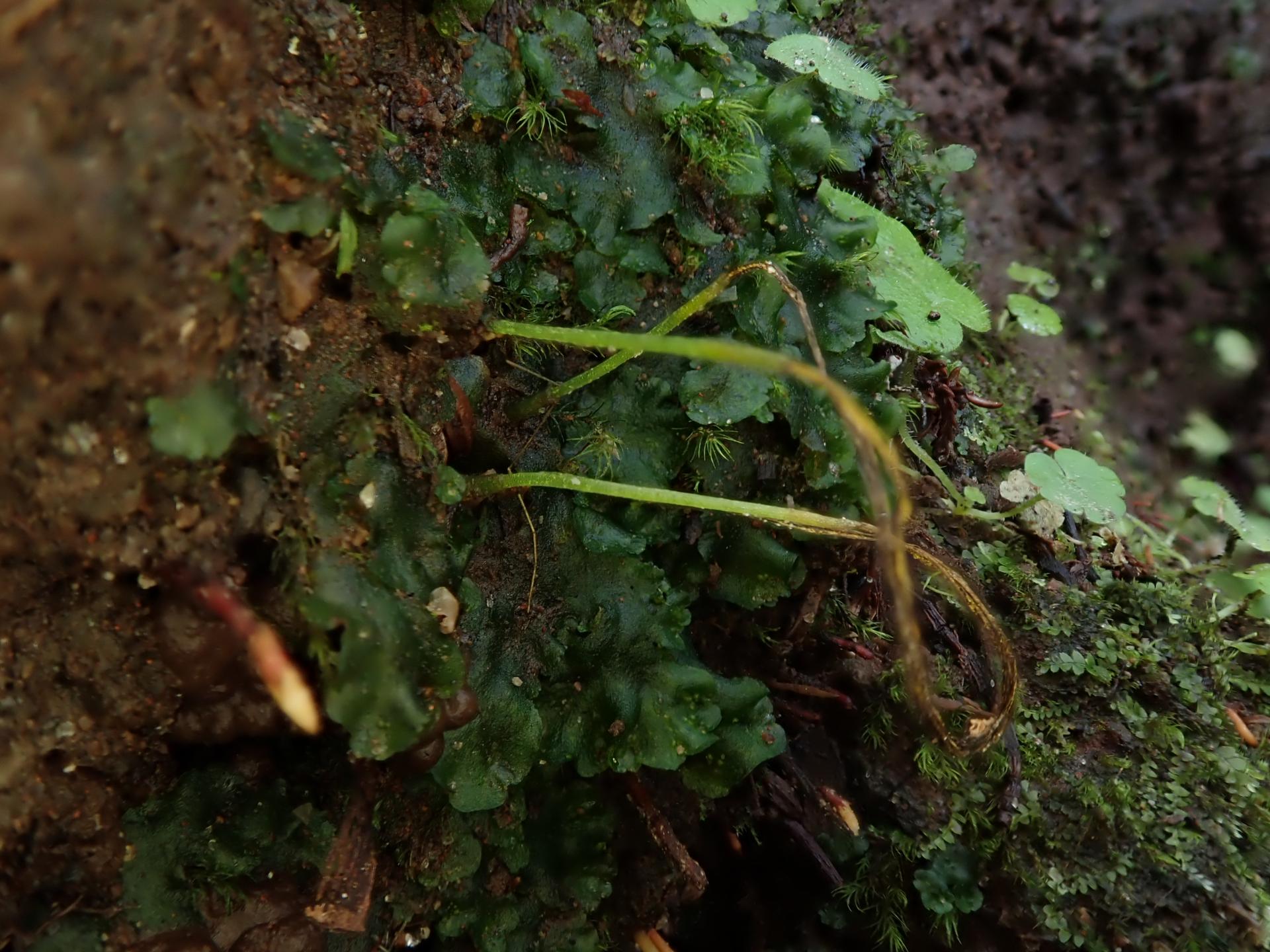
image from: https://www.britishbryologicalsociety.org.uk/learning/species-finder/phaeoceros-laevis/
Introduction
The world of mosses is a fascinating one, filled with tiny, unassuming plants that often go unnoticed by the casual observer. Among these mosses is the Phaeoceros laevis (L.) Prosk., a member of the Notothyladaceae family, also commonly known as Phaeoceros. This humble moss may be small in stature, but it plays a crucial role in the ecosystems it inhabits and has captured the interest of enthusiasts and researchers alike.
Background
Before delving into the details of Phaeoceros laevis, it’s essential to understand its place within the broader context of the plant kingdom. This moss belongs to the phylum Anthocerotophyta, also known as the hornworts, which are among the earliest land plants to have evolved. These primitive plants have a unique life cycle and structural features that set them apart from other mosses and bryophytes.
-Prosk.-94078.jpg)
image from: https://www.biodiversidadvirtual.org/herbarium/Phaeoceros-laevis-(L.)-Prosk.-img94078.html
Main Content
Morphology and Identification
Phaeoceros laevis is a thallose liverwort, meaning it grows in a flat, ribbon-like form without distinct stems or leaves. Its gametophytes (the dominant, haploid phase of the life cycle) are dark green to blackish-green in color and can grow up to several centimeters in length. One of the distinguishing features of this moss is the presence of pseudoelaters, which are specialized cells that aid in spore dispersal.
Global Distribution and Habitat
Phaeoceros laevis

image from: https://azoresbioportal.uac.pt/azorean-species/phaeoceros-laevis-12043/
is widely distributed across the globe, found on every continent except Antarctica. It thrives in moist, shaded environments, often growing on soil, rocks, or decaying wood in forests, gardens, and greenhouses. This moss is particularly well-adapted to disturbed habitats and can quickly colonize areas where the soil has been exposed or disturbed.
Ecological Roles and Adaptations
Despite its small size, Phaeoceros laevis plays a vital role in its ecosystem. As a pioneer species, it helps stabilize and enrich the soil, creating favorable conditions for other plants to establish themselves. Additionally, this moss serves as a food source and habitat for various invertebrates, contributing to the overall biodiversity of the area.
One of the remarkable adaptations of Phaeoceros laevis

image from: https://inpn.mnhn.fr/espece/cd_nom/6820
is its ability to survive periods of drought by entering a dormant state. When conditions become dry, the moss curls up and appears lifeless, only to revive and resume growth once moisture returns. This resilience allows it to thrive in environments with fluctuating moisture levels.
image from: https://azoresbioportal.uac.pt/azorean-species/phaeoceros-laevis-12043/

image from: https://www.britishbryologicalsociety.org.uk/learning/species-finder/phaeoceros-laevis/
Case Studies/Examples
In a study conducted in the Pacific Northwest region of the United States, researchers found that Phaeoceros laevis played a crucial role in the recovery of forest ecosystems after disturbances such as logging or wildfires. The moss’s ability to quickly colonize exposed soil helped stabilize the area and facilitated the establishment of other plant species, contributing to the overall regeneration of the forest.

image from: https://www.researchgate.net/figure/Phaeoceros-Leavis-L-Prosk-a-b-Thalli-and-dorsal-view-b-cell-epidermal-layer-C-d_fig3_320787734
Technical Table

image from: https://www.wildflowers.co.il/hebrew/picture.asp?ID=21474

image from: https://www.britishbryologicalsociety.org.uk/learning/species-finder/phaeoceros-laevis/
| Characteristic | Description |
|---|---|
| Phylum | Anthocerotophyta |
| Class | Anthocerotopsida |
| Family | Notothyladaceae |
| Genus | Phaeoceros
-Prosk.-94077.jpg) image from: https://www.biodiversidadvirtual.org/herbarium/Phaeoceros-laevis-(L.)-Prosk.-img94077.html |
| Species | laevis |
| Growth Form | Thallose liverwort |
| Color | Dark green to blackish-green |
| Habitat | Moist, shaded environments |
| Distribution | Widespread globally (except Antarctica) |
| Ecological Role | Pioneer species, soil stabilization, biodiversity contributor |
| Adaptations | Drought tolerance, spore dispersal via pseudoelaters |